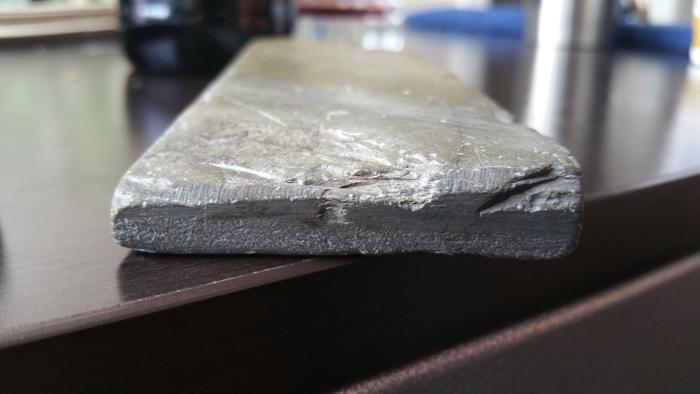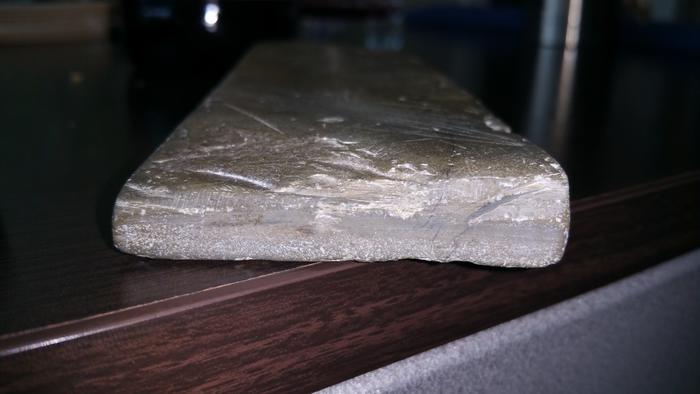Results 11 to 16 of 16
-
06-15-2015, 04:13 PM #11

the surface of that jnat does look very similar to mine!
here are some more interesting views. notice the chipped area has some translucence to the top layer



-
06-15-2015, 11:55 PM #12Senior Member

- Join Date
- Sep 2013
- Location
- NW Indiana
- Posts
- 1,060
Thanked: 246
Unless it's just my screen, I don't see any translucence. I see whitish areas, but not translucence. We're all just looking at a screen though... much easier to say for sure when seeing it in person.
-
The Following User Says Thank You to eKretz For This Useful Post:
StoneSeeker (06-16-2015)
-
06-16-2015, 02:47 AM #13

Yeah that picture is not as good as i though it was...
maybe ill shine a flashlight in the stone and take some pics to show it a little better.
-
06-16-2015, 08:00 PM #14Senior Member

- Join Date
- Mar 2009
- Posts
- 1,211
Thanked: 202
I am adding myself to LI believers.
-
The Following User Says Thank You to adrspach For This Useful Post:
StoneSeeker (06-18-2015)
-
06-16-2015, 08:06 PM #15
-
The Following User Says Thank You to doorsch For This Useful Post:
StoneSeeker (06-18-2015)
-
06-16-2015, 08:24 PM #16Member

- Join Date
- Jul 2012
- Posts
- 34
Thanked: 6
Some JNATs are very slow. Your stone looks like hard asagi. Try sharpen something bigger like chisel, knife or kiridashi. And use stone with thick slurry. That makes very black slurry (steel swarf).
LI stones are hard stones and fast sharpeners without slurry usually.
LI and JNAT differ in how fast they absorb water along the sides. JNAT absorbs water faster on the sides. It's slate. This could be a good test.
-
The Following User Says Thank You to atercz For This Useful Post:
StoneSeeker (06-18-2015)


 13Likes
13Likes LinkBack URL
LinkBack URL About LinkBacks
About LinkBacks






 Reply With Quote
Reply With Quote
